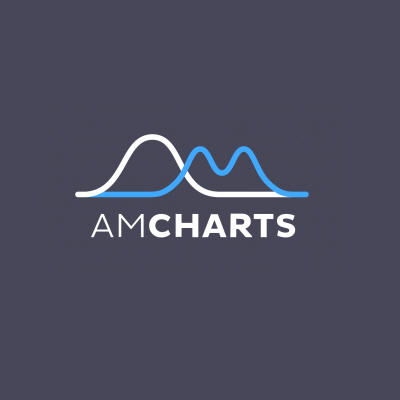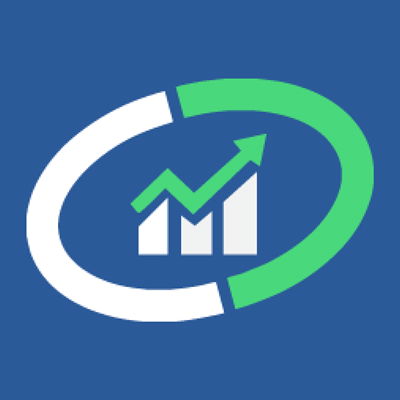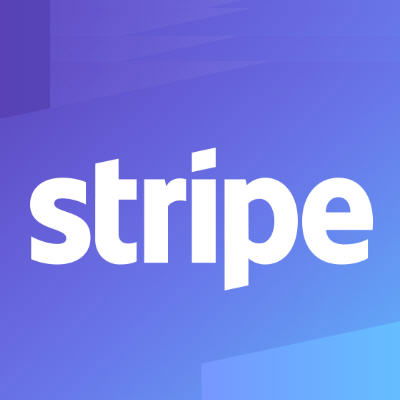Credits and References
We want to thank all our users across five continents and over 70 countries for choosing Macroaxis. Most of our features
are implemented based on direct user feedback and sometimes very intimate participation. We are very fortunate to have many
investors using our services who share our ideas and attitude towards long-term investment strategies.
Thank You
We hope you continue to enjoy using our services and making better investment decisions. We would also like to thank all academics, finance professors, and investment students who gave us constructive criticism and an intense feeling of direction, focus, and purpose. We will do our best to keep our service affordable to all investors regardless of the background.Our Partners
All of our partners have one goal - to inspire investors of all levels to search for new profitable trading ideas, make discoveries, analyze existing positions, and incorporate them into trading strategies and portfolio building process. Our partners help us find opportunities in places most regular investors usually miss.| Quandl is the premier source for financial, economic, and alternative datasets, serving investment professionals. Quandl's platform is used by over 400,000 people, including analysts from the world's top hedge funds, asset managers, and investment banks. Quandl delivers market data from hundreds of sources via API or directly into Python, R, Excel, and many other tools. It saves time and money by getting the data you need in the format you want. | |
| amCharts is a set of programming libraries and tools for all your data visualization needs on the web. It supports classic charts like Line, Area, Column, Bar, Pie, XY, Scatter, Candlestick, and OHLC, as well as more 'exotic' ones like Gauges, Funnels, Gantt, Chord and Sankey diagrams, TreeMap, and fully interactive adaptive world or local country maps. Fully functional products are available for free (with a small backlink) for any use and in paid commercial form for all kinds of usage scenarios. | |
| Founded in 2014, CryptoCompare is a global cryptocurrency market data provider, giving institutional and retail investors access to real-time, high-quality, reliable market and pricing data on 5,300+ coins and 240,000+ currency pairs. The company is a central authority for clear and concise information, offering unrivalled breadth, scope and depth of data, bridging the gap between the crypto asset and traditional financial markets. CryptoCompare adheres to the most rigorous standards to safeguard data integrity, normalising global sources to ensure consistency and confidence in the market. | |
| Stripe is a technology company that builds economic infrastructure for the internet. Businesses of every size-from new startups to public companies-use our software to accept payments and manage their businesses online. Stripe combines a payment platform with applications that put revenue data at the heart of business operations. The company brings together everything required to build websites and apps that accept payments and send payouts globally. Stripe's products power payments for online and in-person retailers, subscription businesses, software platforms and marketplaces, and everything in between. | |
| TradingView is an innovative venture by a group of developers and traders with experience in building trading software, who share a vision that trading technology should be easy, powerful, and accessible to everyone. By taking advantage of the latest advancements in cloud computing and browser languages, the company brings interactive charts to the masses. TradingView is also a social community for traders to interact and learn, share ideas, and work together to improve their skills. |
References
Markowitz, Harry M. (1952). Portfolio Selection, Journal of Finance, 7 (1)Sharpe, William F. (1964). Capital asset prices: A theory of market equilibrium under conditions of risk, Journal of Finance, 19(3)
Lintner, J. (1965). The Valuation of Risk Assets and the Selection of Risky Investments in Stock Portfolios and Capital Budgets, The Review of Economics and Statistics, 47 (1), 13-39
Burmeister E and Wall KD., The arbitrage pricing theory and macroeconomic factor measures, The Financial Review, 21:1-20, 1986
Chen, N.F, and Ingersoll, E., Exact pricing in linear factor models with finitely many assets: A note, Journal of Finance June 1983
Fama, E. and French, K. (1992). The Cross-Section of Expected Stock Returns, Journal of Finance, June 1992, 427-466
Black, F., Jensen, M., and Scholes, M. The Capital Asset Pricing Model: Some Empirical Tests, in M. Jensen ed., Studies in the Theory of Capital Markets. (1972)
French, C. W. (2003). "The Treynor Capital Asset Pricing Model", Journal of Investment Management, 1 (2), 60-72
Lintner, J. (1965). The valuation of risk assets and the selection of risky investments in stock portfolios and capital budgets, Review of Economics and Statistics, 47 (1), 13-37
Markowitz, Harry M. (1999). The early history of portfolio theory: 1600-1960, Financial Analysts Journal, 55 (4)
Tobin, James (1958). Liquidity preference as behavior towards risk, The Review of Economic Studies, 25 Treynor, J. L. (1961). "Market Value, Time, and Risk." Unpublished manuscript.
Treynor, J. L. (1962). "Toward a Theory of Market Value of Risky Assets." Unpublished manuscript.





